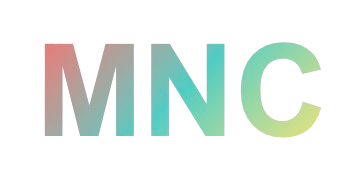Description
Guillermo Bert sought to preserve and amplify the history of the Mapuche indigenous community through cultural appropriation, when marginalized or underrepresented groups reclaim artifacts and narratives from a dominant culture.
To achieve this vision, Bert collaborated with Mapuche weavers in Chile to create Encoded Textiles, a project that fuses ancestral craft with cutting-edge technology. The weavers integrate QR codes directly into their textiles using traditional techniques, transforming static museum displays into interactive experiences. When visitors scan the codes with their smartphones, they unlock content about Mapuche culture, history, and contemporary life, all curated by the community itself. This ingenious merger of handcraft and digital media empowers the Mapuche to reclaim their narrative and broadcast it to a global audience on their terms.
The project’s impact has resonated throughout the art world. Encoded Textiles has been exhibited at prestigious institutions, including the Los Angeles County Museum of Art (LACMA), the Museum of Art and History, and the Nevada Museum of Art. In 2020, LACMA acquired “La bestia” (2017) for its permanent collection, validating the project’s significance within contemporary art and ensuring its legacy for future generations.

Connection to Mobile Networked Creativity
Encoded Textiles exemplifies Mobile Networked Creativity by harnessing technology as a tool of cultural demands for an underrepresented community. The Mapuche weavers didn’t simply adopt QR codes; they strategically wove them into their ancestral practices, creating a hybrid form that amplifies their cultural narrative and asserts agency in the digital age. The project fundamentally challenges assumptions about indigenous communities and technology, demonstrating their capacity not only to adopt contemporary tools, but to reimagine and deploy them within their own cultural framework actively. By fusing traditional craft with digital innovation, the weavers simultaneously preserved their heritage and mastered new technological literacies. This allowed the weavers to challenge the false binary between “traditional” and “technological” that has long constrained indigenous representation. Most importantly, Encoded Textiles reclaims both material artifacts and narrative authority from dominant cultures on Mapuche terms. The weavers were transformed from subjects of anthropological display into architects of their own digital presence, modeling a radical form of cultural appropriation.
Location
Chile
To learn more
- “Encoded Textiles,” Guillermo Bert.
- “Encoded Textiles,” Wayback Machine.
- 60 Nettrice R. Gaskins, Techno-Vernacular Creativity and Innovation: Culturally Relevant Making Inside and Outside of the Classroom (The MIT Press, 2021).
- Bar, Weber, and Pisani, “Mobile Technology Appropriation in a Distant Mirror: Baroquization, Creolization, and Cannibalism,” Sage Journals, 2016.
